Silence is just as important as sound when making a great song. From classical music to the pop music of today, rests in music account for tension, contrast, and other powerful elements that enhance the listening experience.
There are several types of silence in music and rests can function differently based on the context of your composition. Below, we'll detail some of the main use cases of silence ranging from dramatic film music to radio hits so that you can put these understated techniques to good use.
Is Silence Music?
Perhaps the most blatant assertion that silence, is in fact, music, was stated by experimental composer John Cage, who performed an entirely silent composition entitled 4'33 :
Cage intended for the experiment to prove that absolute silence cannot exist, as the audience's reaction to the silence would inevitably create some level or perception of noise.
While this is a fairly extreme example, it's not hard to understand where John Cage is coming from. Silence, before a big drop in a song for example, only helps choruses hit harder and with greater impact. In a broader scope, emphasizing atmosphere gave way to inventive genres like ambient noise and drone music.
Silence can help notes take a different form in context, making it a powerful sonic palette cleanser and building block for creating a strong musical piece.
What are musical terms for silence?
In most cases, music notation for silence equates to "rests" which are distinguished below. Here are a couple of other markings you may come across that mean silence or quiet:
- Tacet: A marking that means to "be silent"

- Piano: Dynamic marking meaning "quiet"

- Mezzo Piano: Dynamic marking meaning "moderately quiet"

- Pianissimo: Dynamic marking meaning "very quiet"

- Rest: A rest symbol in music equates to a pause or silence in sound for the duration of the rest symbol
Understanding Rests: Silence in Music Theory
Composers write a rest in music to introduce a pause or silence within a composition for a certain amount of time. We have a complete guide on rests available here, though here are the basics behind the several types of rest symbols:
- Sixteenth Rest: A sixteenth rests lasts for a sixteenth of a measure in 4/4 time, or half the length of an eighth note.
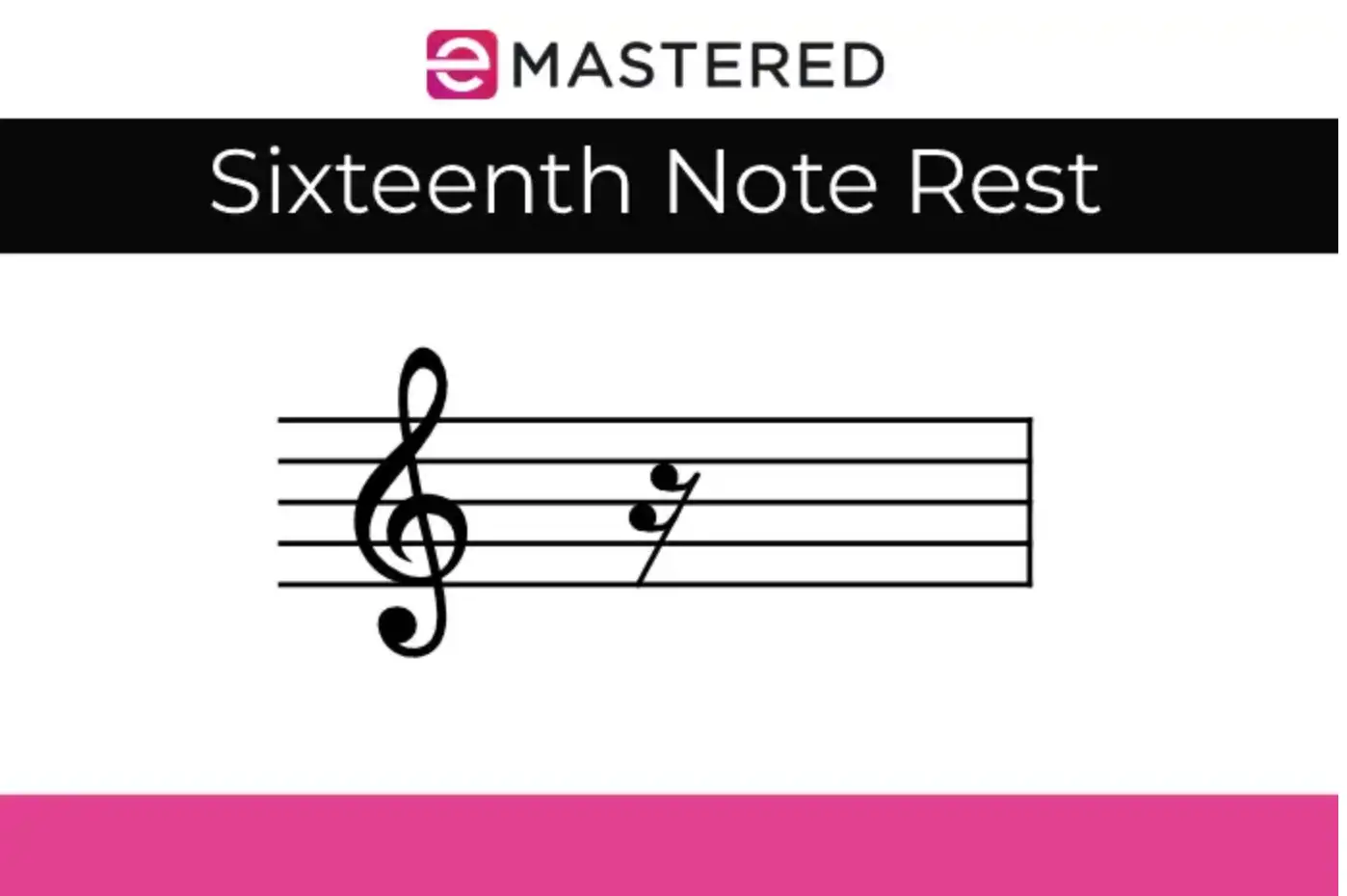
- Eighth Rest: An eighth rest lasts for an eighth of the measure in 4/4 time, or half the length of a quarter note.
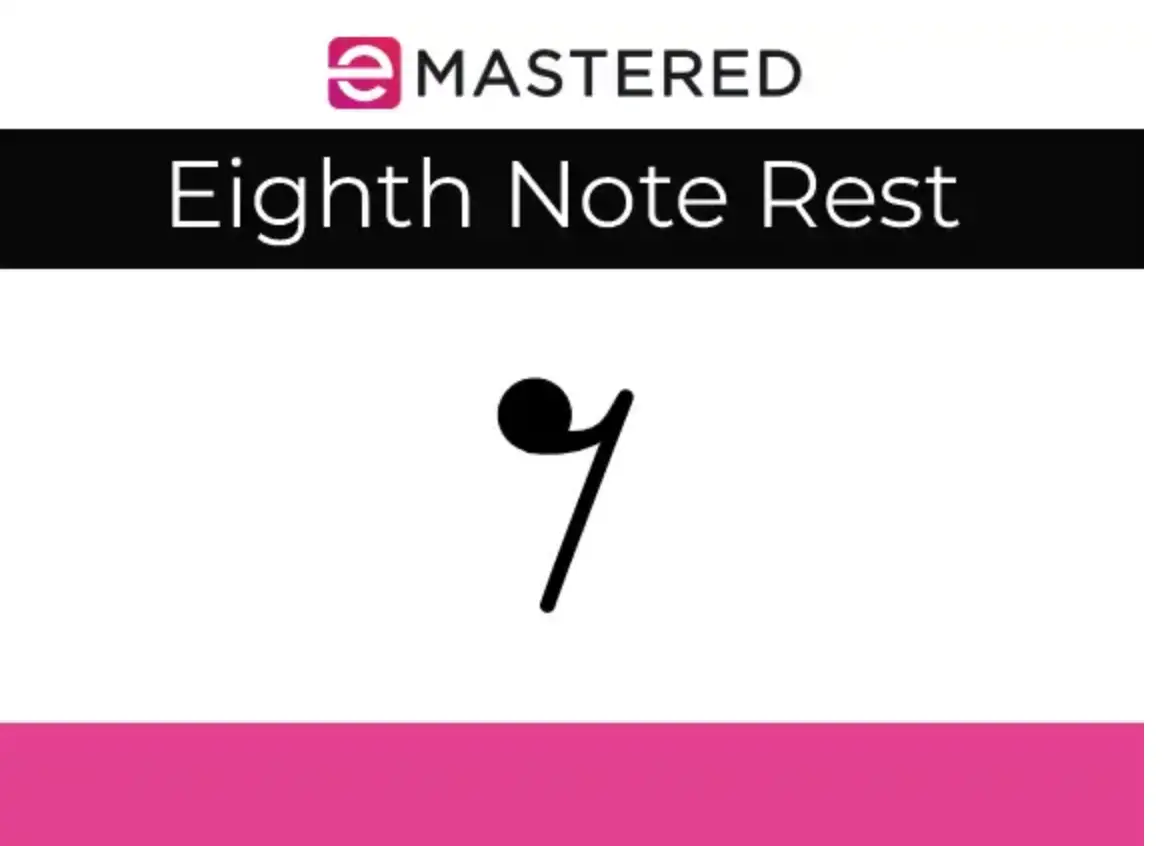
- Quarter Rest: Similar to the quarter note, the quarter rest lasts for one beat in 4/4 time.
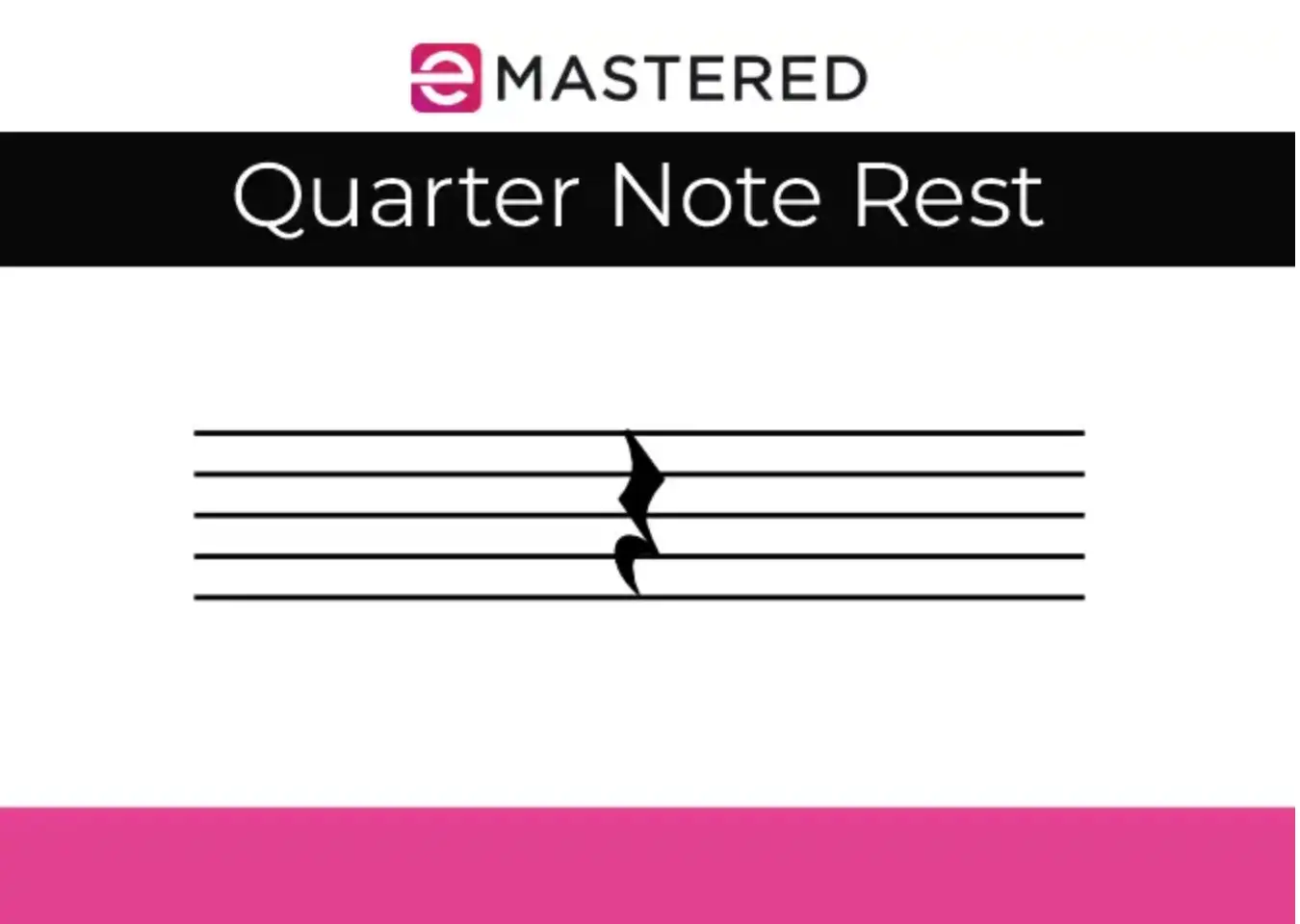
- Half Rest: A half rest lasts as long as half notes, or for half a measure within a piece of music.
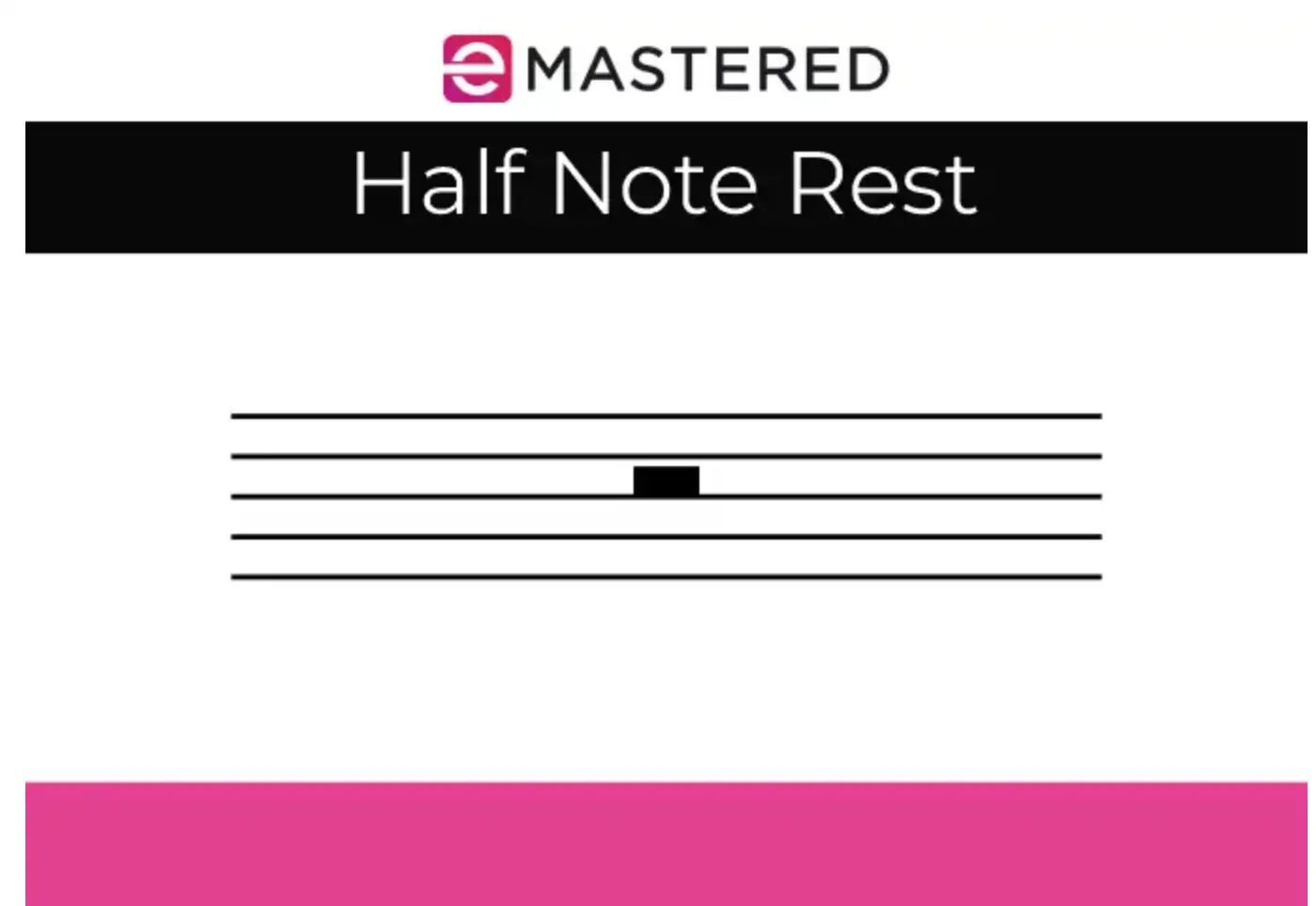
- Whole Rest: This rest lasts for the entire duration of any particular measure. In common time, a whole rest lasts for four beats.
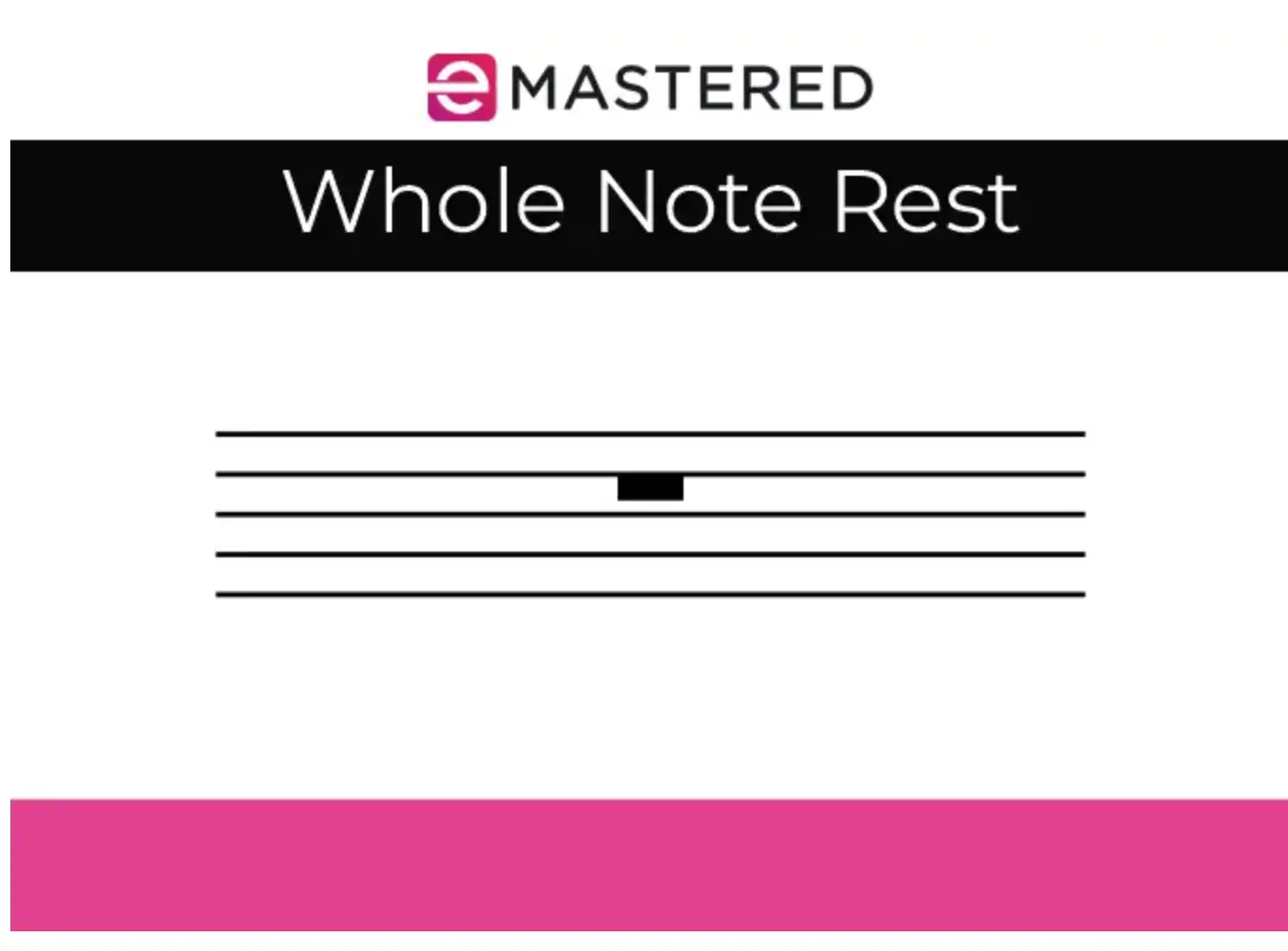
Examples of Musical Silence
Not sure how to employ silence in music? Here are a couple of tracks spanning several genres that use silence to further the impact of the compositions:
Wild World by Cat Stevens and Yusuf
Right before the last refrain, Cat Stevens introduces a momentary pause that creates exciting variation for listeners to close out the song on:
Death By Techno by i_o
This classic techno track creates the necessary tension to build space for the drop of the chorus. Instead of a typical drum fill, i_o employs an almost uncomfortable amount of silence before the hard-hitting bass breaks through:
Just by Radiohead
Radiohead is known for creating magical moments in their music. The silence before the chorus and dramatic dynamic changes between different sections is precisely what makes this song so impactful:
Place in World Fades Away by The Caretaker
Experimental artist The Caretaker created a series illustrating the effects of dementia on the brain. Appropriately, the final track of the project features long bouts of silence:
Perhaps Vampire is a Bit Strong by The Arctic Monkeys
The finale of this Arctic Monkeys song is ushered in with a wave of silence, interrupted by a distant vocal setting the stage for an impactful outro:
5 Ways to Use Silence in Music
There are several ways you can use silence in music to enhance your compositions. Consider incorporating silence into your songwriting process to evoke the following:
Building Tension Before a Drop
Arguably the most common way to introduce silence into the contemporary music of today is by inserting a few beats of pure silence or paired down composition before the first note or drop of the chorus. This breath of silence can create and release the tension needed to help a chorus hit hard. While its not pure silence, listen to how much of the instrumentation fades away right before the chorus of Kylie Minogue's major hit Padam Padam :
Muting Techniques
Musicians and instrumentalists often use muting to add certain character to sounds, which can play with our perception of them. Its a common technique to play muted guitar or even mute certain parts of the drum kick to preserve the transients without taking on unwanted parts of the sound using an equalizer or EQ.
Creating Space Between Notes
Sometimes, its space that creates the most catch melodies or bass lines. A great example of deliberate pauses is the sound design in Dua Lipa's Pretty Please:
The reason why this song is so effective is due to the muting that creates the simple yet effective groove through syncopation.
Fading in and Fading Out Certain Elements
Silences don't have to be absolute - you can opt to create an absence of certain elements over the course of your song. For instance, perhaps you silence the drums during the bridge of the song, or mute the bass during the pre-chorus before it returns to hit hard after the drop. Fading out to silence at the end of a song can also create a cohesive listening experience for your listeners.
Making a Musical Statement
As showcased by above works by The Caretaker and John Cage, silence on its own can be incredibly effective when it comes to making a statement. Silence can represent peace, loneliness, mystery, confusion, and a whole other range of emotions, especially when used in contrast to vibrant sound.
Silence in Music FAQs
Check out these commonly asked questions and answers to effectively use silence in your compositions:
What is silence in music called?
Silence in music is typically referred to as "rests", whether that's an eighth rest, quarter rest, half rest, or whole rest. You might see other rare markings used in sheet music like "G.P." or "general pause" which refer to a distinct break in the music or pause of sound.
Why is silence so important in music?
Silence creates necessary contrast against the backdrop of sound, creating more dynamic art to engage the audience. Music created without the rest symbol might otherwise sound somewhat monotone.
What musical term means quiet?
"Piano" means quiet in musical notation, otherwise marked simply as "p". Terms like "pianissimo" and "mezzo-piano" refer to varying degrees of quiet, as very quiet and moderately quiet, respectively.
What is the word for getting quiet in music?
The marking name for music becoming gradually quieter is a diminuendo or decrescendo. The musical term "piano" also means quiet.
Is silence an element of music?
Absolutely! As showcased above, silence can convey a wide range of emotions, create tension, and help build needed contrast between sections of a composition.
Who said silence is music?
French composer Claude Debussy is often quoted as saying, "It's the silence between the notes, that holds the key to all music". Therefore, deliberate silence is just as important as sound within a musical composition.
Silence is one of music's most underrated tools. When used properly, silence can help shine a brighter light on the other elements in your compositions, as showcased above. Enjoy incorporating these unique techniques into your production workflow.





